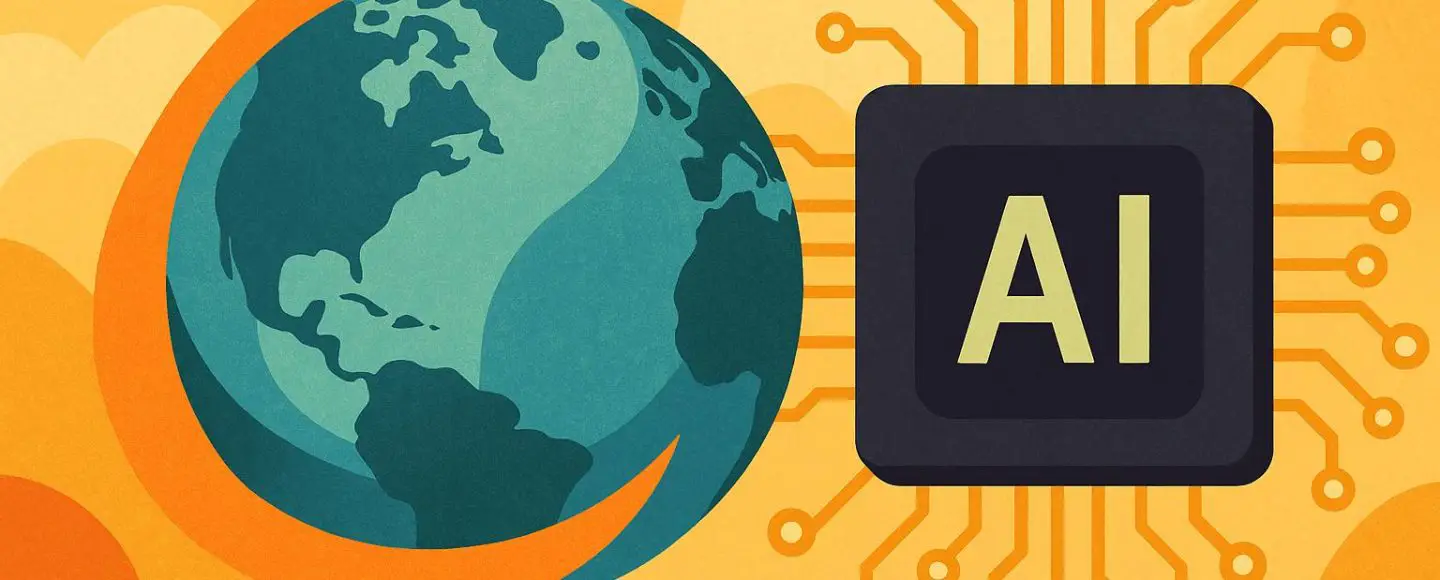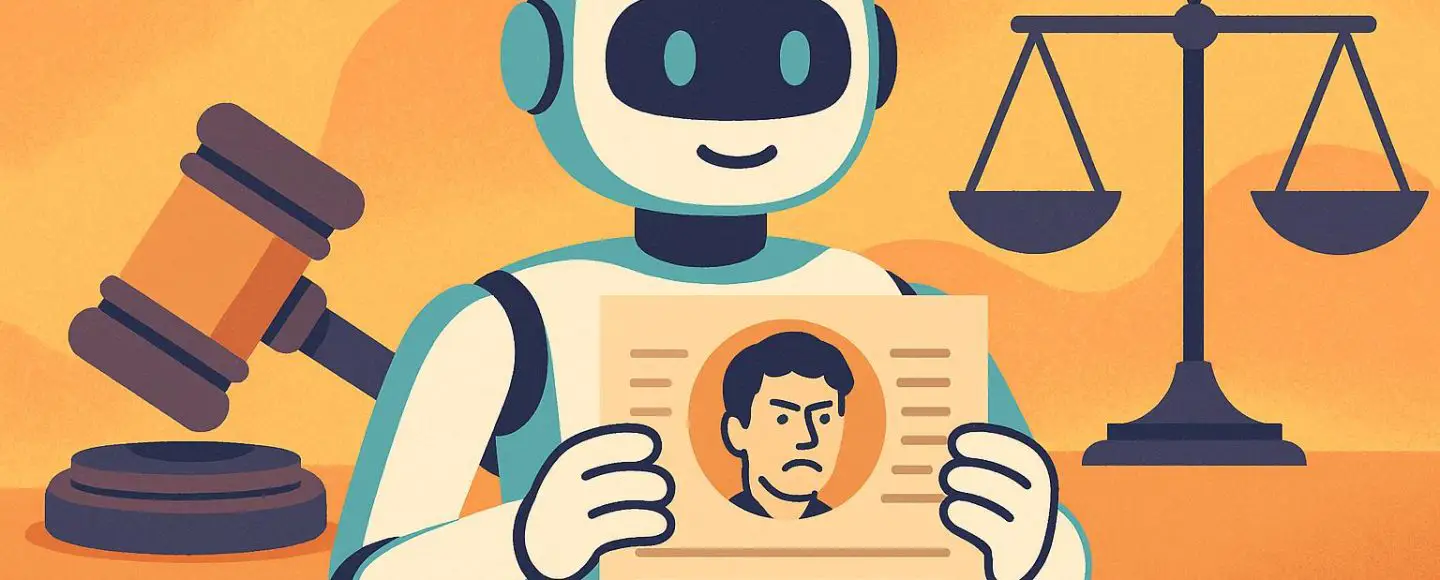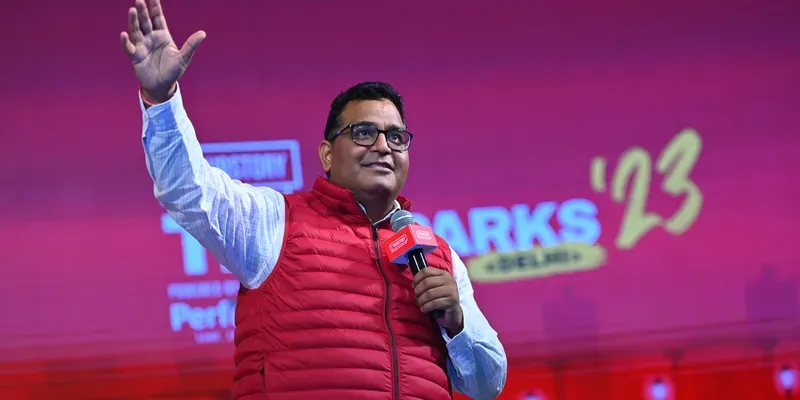How Real is India’s $4 Trillion Economy?
India hits $4 trillion GDP, but rising inequality and weak innovation threaten growth. Is this a milestone—or a mirage?


India’s challenge is not size — it’s momentum. The World Bank has flagged that over 100 countries, including India, risk being stuck in what’s called the middle-income trap — a stage where an economy grows enough to escape poverty but fails to innovate its way to prosperity. Certain countries are cautionary tales.
They, too, witnessed impressive early growth. But once cheap labor lost its competitive edge and education didn’t evolve to support innovation, these countries plateaued. Their GDP per capita stagnated, and social mobility declined. India may be walking the same path.
One Nation, Three Economies
India is not one economic entity — it's three layered on top of each other:
- Top 10% (~120 million people), earning $15,000+ annually.
- Middle 300 million — upwardly mobile but vulnerable.
- Bottom 1 billion, with incomes around $1,000/year.
While India’s average per capita income is rising, this fragmented growth means the bottom 70% still lack reliable access to toilets, electricity, education, and clean drinking water. Celebrating $4 trillion without addressing these divides creates a dangerous illusion of progress.
Are We Making the Same Mistake as Others?
In the 1980s and 1990s, Malaysia’s economy boomed by attracting global assembly lines — Intel, Sony, Motorola — through cheap labor and ease of doing business. However, wages rose faster than skills and innovation. Companies relocated to cheaper destinations like Vietnam and Indonesia. Malaysia grew expensive before it became excellent.
India today mirrors this trajectory: focused on assembling rather than inventing. Despite Make in India initiatives, manufacturing’s share of GDP remains stuck at ~15%, and R&D investment lingers at 0.7% of GDP, compared to South Korea’s 5.2%.
Why South Korea’s model matters
South Korea offers a successful blueprint. Starting from a GDP per capita of just $150 in the 1960s, it climbed the ladder using a three-generational strategy:
- First generation: Built the base — shipyards, textile factories, steel plants.
- Second generation: Created a skilled workforce through STEM-focused education.
- Third generation: Filed patents, launched global brands — Samsung, Hyundai, LG.
Today, South Korea boasts a per capita GDP of $33,000, world-class infrastructure, and global leadership in technology and manufacturing. Innovation became systemic, not exceptional.
India’s Three Traps
India risks falling into three major traps:
- Education trap: Despite producing millions of graduates, employability remains dismal. Only 45% of Indian graduates are job-ready.
- Innovation trap: India files fewer than 100,000 patents a year. South Korea files over 150,000 with 1/25th the population.
- Infrastructure trap: Despite efforts like Make in India, factory creation hasn’t scaled to meet the labor force needs.
The 3-I Framework: India’s Way Forward
India’s future depends on following a 3-I roadmap:
- Investment: Continue building infrastructure and improve basic services.
- Infusion: Support businesses with tech adoption, reverse engineering, and global trade integration.
- Innovation: Increase R&D spending to 2–3% of GDP and incentivize IP creation across sectors.
India must shift from cheap labor to value creation — from assembling phones to designing them, from exporting talent to exporting global brands.
$4 trillion is impressive — but as it stands, it's only a partial success story. Without inclusive growth, systemic innovation, and equal opportunity, India may join the long list of middle-income economies that stalled just before the final leap.
Edited by Rahul Bansal














































































































































































![[The AI Show Episode 153]: OpenAI Releases o3-Pro, Disney Sues Midjourney, Altman: “Gentle Singularity” Is Here, AI and Jobs & News Sites Getting Crushed by AI Search](https://www.marketingaiinstitute.com/hubfs/ep%20153%20cover.png)






















































































































![[DEALS] Internxt Cloud Storage Lifetime Subscription (20TB) (89% off) & Other Deals Up To 98% Off – Offers End Soon!](https://www.javacodegeeks.com/wp-content/uploads/2012/12/jcg-logo.jpg)



















































.png?width=1920&height=1920&fit=bounds&quality=70&format=jpg&auto=webp#)





















![GrandChase tier list of the best characters available [June 2025]](https://media.pocketgamer.com/artwork/na-33057-1637756796/grandchase-ios-android-3rd-anniversary.jpg?#)





































































_Paul_Markillie_Alamy.jpg?width=1280&auto=webp&quality=80&disable=upscale#)














































































































![Apple Shares New Shot on iPhone Film: 'Big Man' [Video]](https://www.iclarified.com/images/news/97654/97654/97654-640.jpg)
![Apple Still Finalizing Key Parts of Its Foldable iPhone [Kuo]](https://www.iclarified.com/images/news/97655/97655/97655-640.jpg)

![Apple's F1 Camera Rig Revealed [Video]](https://www.iclarified.com/images/news/97651/97651/97651-640.jpg)









































































